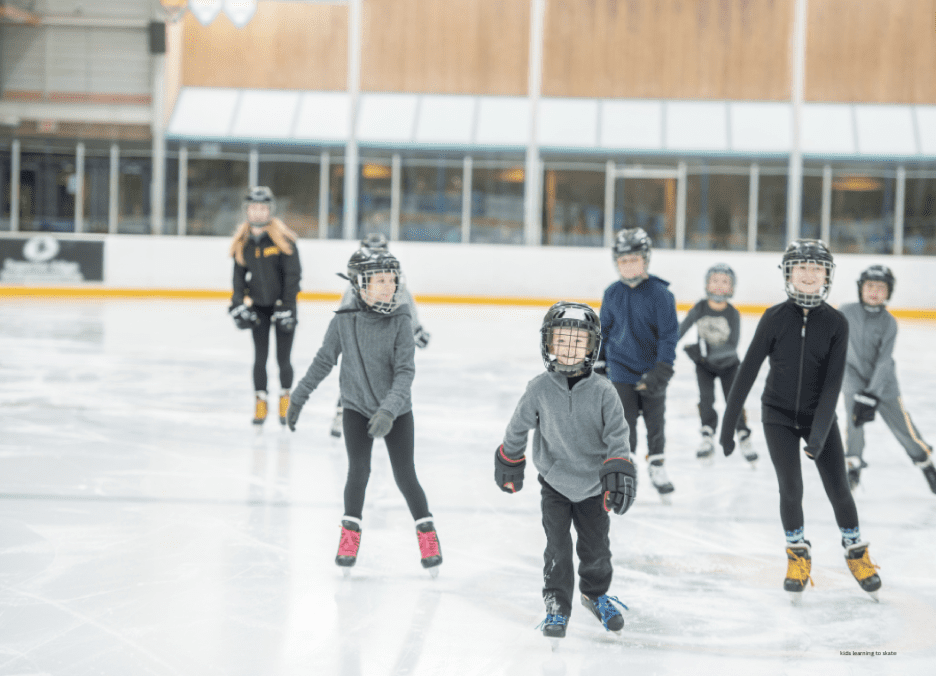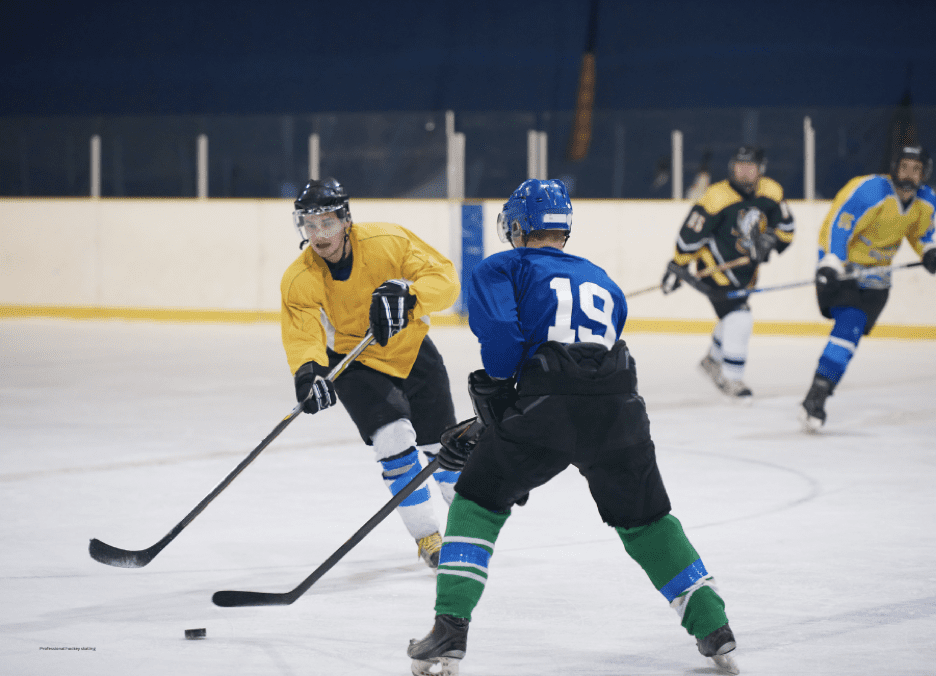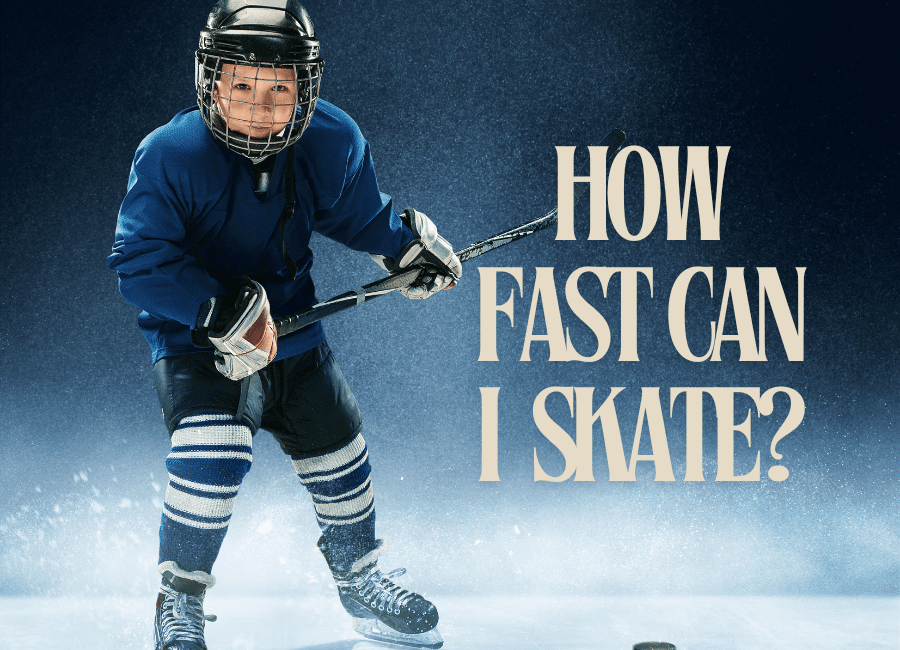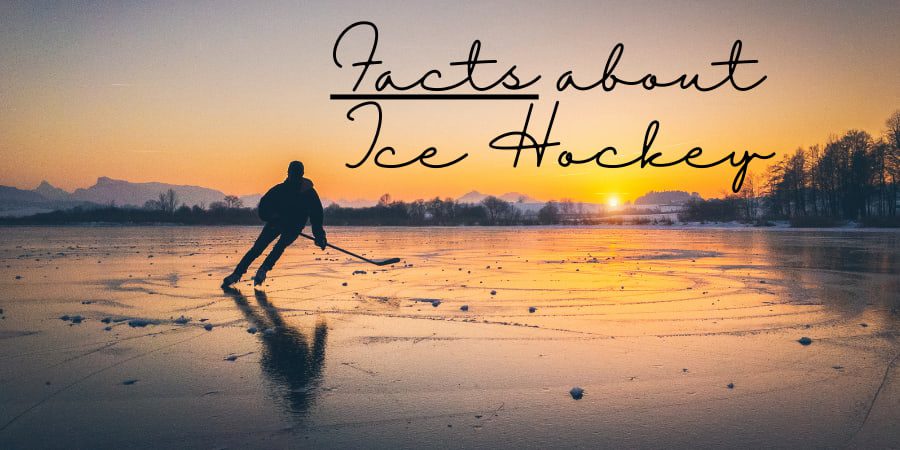Ever wondered if your little hockey star could out-skate a pro? From young hopefuls to professionals, we will take a look at the blazing blades on how fast they can skate from a tot to the NHL.
Youth Ice Hockey
Youth hockey is where the foundations are built, and speed varies significantly with age and skill levels. Younger players, typically under 12, may skate at speeds around 6-9 mph (10-15 km/h), influenced by their physical development and training routines (FloHockey) .
Average Speed Youth hockey players‘ speeds can range from 6-12 mph (10 to 20 km/h). These speeds are a great starting point and can be compared to other youth sports for context. The emphasis at this stage is more on skill development rather than pure speed (The Stadiums Guide) .
Tips for Improving Speed Improving speed in young players focuses on fun and engaging drills. Incorporating games that enhance agility, balance, and coordination can be beneficial.
For example, “Red Light, Green Light” on ice or obstacle courses can make training enjoyable and effective (Ice Hockey Central) .

Junior Hockey
Stepping Up the Game Junior hockey players, usually aged 16-20, are at a pivotal stage where speed becomes crucial. This level of play is more competitive, and players begin to understand the importance of speed in game strategy (Ice Hockey Central) .
Speed Metrics in Junior Hockey In junior leagues, players can reach speeds of 20-30 km/h (12-18 mph). This is a significant step up from youth levels, showing the progression as players get older and more skilled. Some top-tier junior players even clock speeds similar to lower-tier professional players ! (The Stadiums Guide) .
Training Regimens Training for speed in junior hockey includes more structured and intense regimens. Plyometric exercises, strength training, and on-ice sprints are common.
Interviews with junior coaches reveal that consistency and proper technique are key to maximizing speed (Going Hockey) (The Stadiums Guide) .
Professional Ice Hockey
Speed In professional hockey is not just an asset; it’s a necessity. NHL players, for example, can skate at astonishing speeds, making the game incredibly fast-paced and exciting (Going Hockey) (The Stadiums Guide) .

Top Speeds and Records Top NHL players like Connor McDavid of the Edmonton Oilers have been recorded at speeds up to 25.4 mph(40.9 km/h) during games (Hockey Answered) (Going Hockey) .
This elite speed is often showcased in events like the NHL Fastest Skater Competition, for example
Conor McDavid in the Fastest NHL Skater of 2024. He was clocked at a time of 13.408 seconds, beating out Mathew Barzal at the 2024 NHL All-Star Skills Competition. (The record remains Detroit’s Dylan Larkin holding the NHL record from his time of 13.172 seconds back in 2016).
Sportsnet broke down McDavid’s speed – a speed that crosses 40 kilometers an hour (40.9 and 25.4 miles per hour).
Behind the Training Professional players follow rigorous training routines, combining on-ice practice with off-ice strength and conditioning and winning the hockey genetic game. High-tech equipment and personalized training plans help them achieve and maintain these high speeds (FloHockey) (Ice Hockey Central) .
Safety Considerations

Balancing speed and safety is paramount at all levels. Proper gear, including helmets, pads, and well-fitted skates, is essential to protect players as they push their limits. Ensuring that young players learn to skate safely is crucial in their development (Going Hockey) (The Stadiums Guide) .
Injury Prevention Common injuries related to high-speed skating include strains, sprains, and concussions.
To minimize risks, it’s vital to focus on proper techniques and regular conditioning. (The Stadiums Guide) .
Speed evolves with training and development. Encourage your player to focus on skill and safety alongside speed.
Resources & Sources:
Provide links to speed training videos, tutorials, and recommended reading on skating techniques and speed improvement.
- Ice Hockey Systems (Great detailed video)
- Hockey Answered
- FloHockey
- Ice Hockey Central
- The Stadiums Guide



